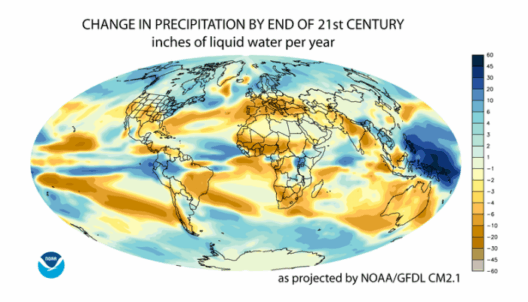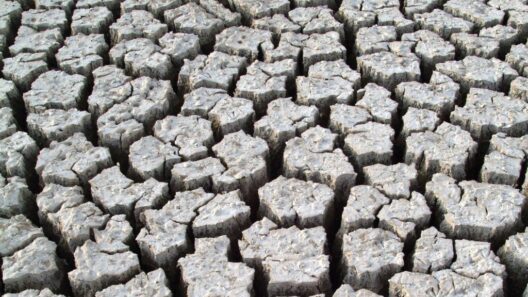The climate in England is a tapestry woven from the threads of maritime influences, topographical variations, and temperate characteristics. Enveloped by the encroaching waters of the North Atlantic, the nation experiences a climate that can be best described as maritime temperate. This results in a mélange of rainy days interspersed with mild moments, a phenomenon that engenders both challenges and a unique charm.
Firstly, it is essential to understand the prevailing weather patterns that constitute the backbone of England’s climate. The country experiences four distinct seasons—spring, summer, autumn, and winter—each manifesting with varying degrees of temperature and precipitation. The oceanic influences temper extreme weather, leading to cooler summers and milder winters compared to other regions at similar latitudes.
During the spring months of March to May, the climate begins to awaken from the dormant chill of winter. Average temperatures fluctuate between 8°C and 15°C (46°F – 59°F), inviting a colorful awakening of flora and fauna. Rainfall is common, but transient sunshine offers moments of delight, making this season particularly enchanting for outdoor activities. The emergence of blossoms and the chirping of birds create a symphony, an absolute invitation to revel in England’s picturesque landscapes.
As spring gracefully transitions into summer, which spans from June to August, temperatures rise slightly. Expect averages ranging from 14°C to 22°C (57°F – 72°F). This is when England’s green tapestries are at their lushest. However, it is misleading to characterize summer solely by warmth. Rainfall is still quite prevalent; the uninvited guest often appears in sudden downpours. Thunderstorms, albeit infrequent, can punctuate the season, providing a dramatic counterpoint to balmy afternoons. These showers play an instrumental role in sustaining the verdant splendor that is emblematic of the English countryside.
Autumn, or fall, brings its own unique allure from September to November. With temperatures descending back to between 8°C and 15°C (46°F – 59°F), the seasonal shift is marked not only by the cooling air but by a stunning transformation of foliage into an array of russet, amber, and gold hues. Rainfall resumes, often constituting drizzly days that are quintessentially British. This season signifies a preparation for winter, yet it remains a celebrated time for harvest festivals, pumpkin picking, and a deep appreciation for England’s bountiful agricultural heritage.
Winter manifests with a distinct chill from December to February, where temperatures can dip below freezing, especially during the night. While snow is not a prevalent aspect of English winters, particularly in the south, northern regions might see sporadic snowfall. The average temperature hovers around 1°C to 8°C (34°F – 46°F). The long, sultry nights often afford a backdrop for indoor pursuits, be it the warmth of a fireplace or the aroma of hearty meals simmering in kitchens across the nation.
Another crucial element of England’s climate is its notorious reputation for rainfall. The average annual precipitation varies, but regions like the Lake District can receive over 3,000 millimeters (118 inches) of rain annually, while eastern parts of the country are comparatively drier. The rain is often light and persistent, and while this has earned a negative connotation in popular culture, it plays a pivotal role in sustaining the lush pastures and rich biodiversity that characterize the English landscape.
The microclimates within England deserve mention as well. The diversity in topography—from the coastal cliffs of Cornwall to the rolling hills of the Cotswolds—creates varying climatic conditions. The South Coast enjoys relatively mild weather compared to the rugged terrain of the Pennines, where temperatures can shift dramatically within short distances. The impact of urbanization also cannot be ignored; cities such as London experience a phenomenon known as the urban heat island effect, where built environments absorb and retain heat, leading to warmer temperatures than those found in surrounding rural areas.
This intricate interplay of climatic factors fosters unique ecosystems that harbor an array of plants and wildlife. The temperate climate supports deciduous forests predominantly. However, more resilient flora, such as heather and gorse, can be found in heathland areas. On the wilder side of things, the coastal regions are theater to marine influences, supporting various species of seabirds and aquatic life.
Climate change introduces complexities to this already nuanced weather landscape. Increasing temperatures and altered precipitation patterns could transform traditional weather norms. Consequently, this affects agriculture, biodiversity, and even the tourism sector, which flourishes due to the inherent natural beauty that the climatic conditions bestow. This underscores the pressing need for sustainable practices at all levels to mitigate the effects of climate change.
In summation, the climate in England can be summed up as a delicate balance of rainy romance and mild moments, with each season contributing its distinctive characteristics. Despite the frequent drizzles and unpredictable weather shifts, the nuances make England a fertile ground for both its natural beauty and richly diverse culture. Understanding this complex climatic tapestry is essential for appreciating the intricate relationship between humans and their environment in this storied land.







